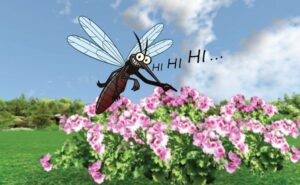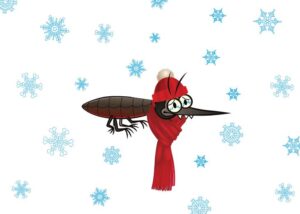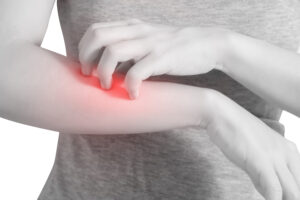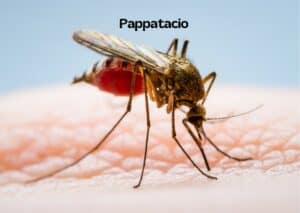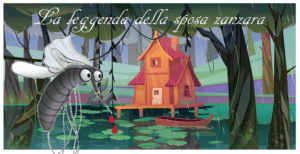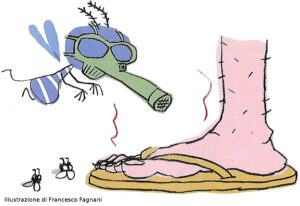As if mosquitoes were not enough to torment humans and animals, other blood-sucking vampires join the feast that takes place daily in our gardens: they are the Flebotomas, also known as Sandflies.
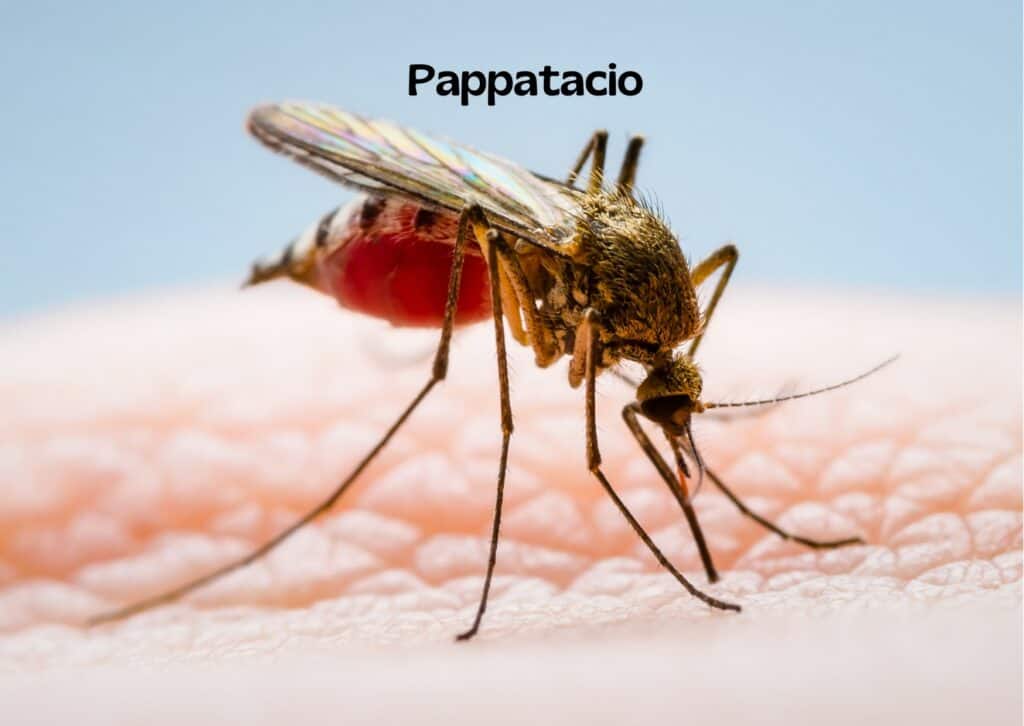
Phlebotomas, how to recognize them
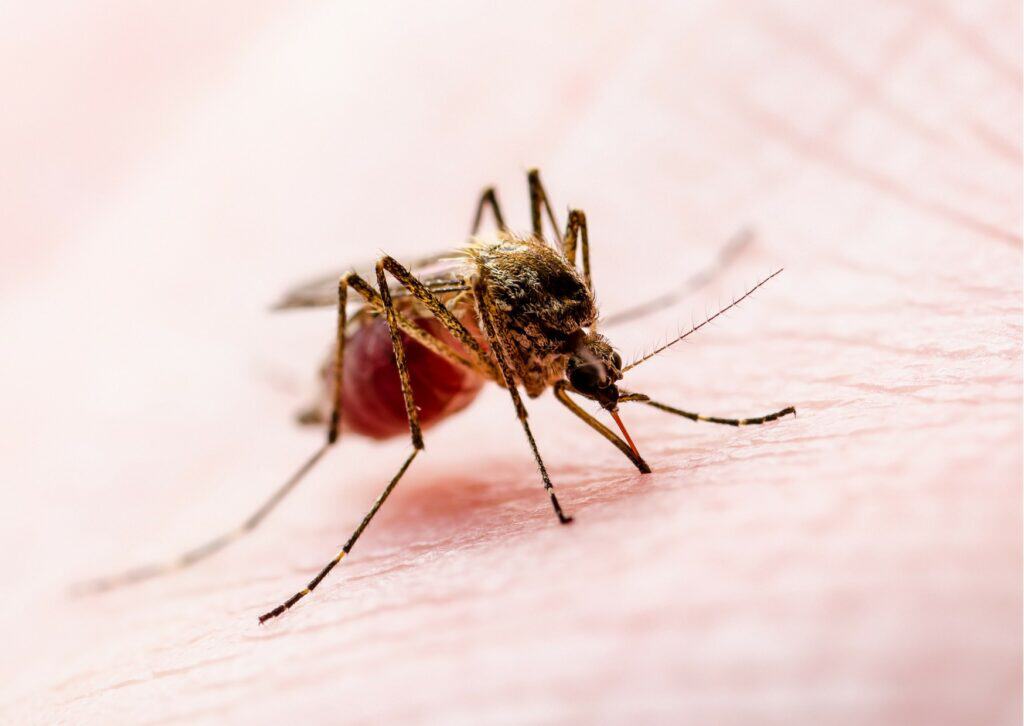
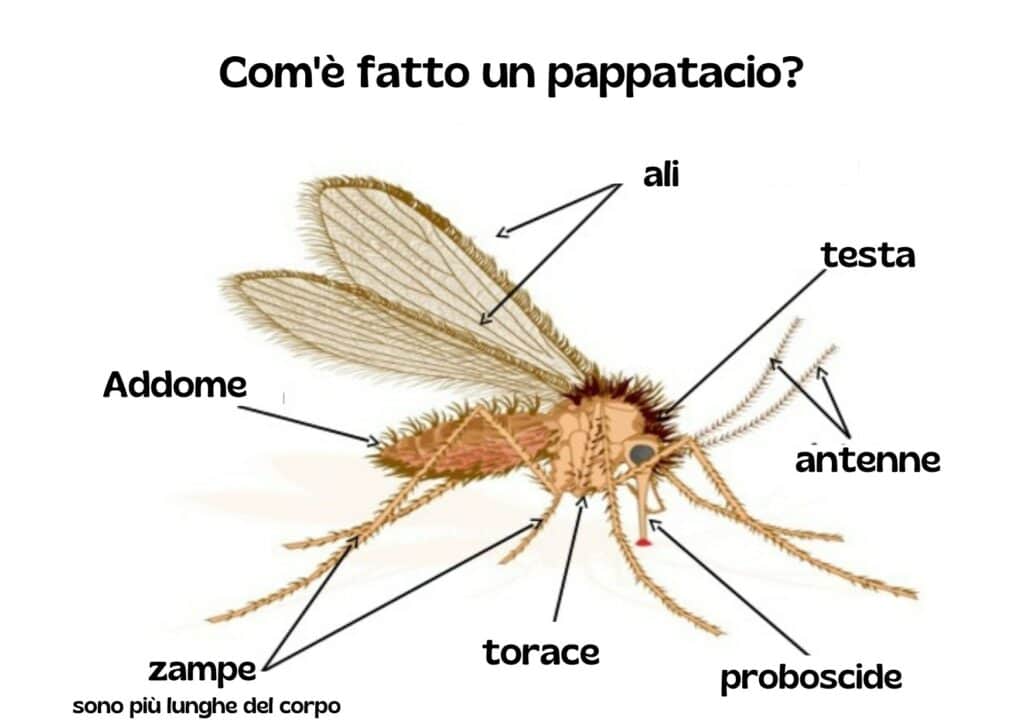
The Flebotomas include 5 subfamilies, the ones we will talk about are more commonly called Sandflies, very small insects similar to tiny mosquitoes. The scientific name is Phlebotomus papatasi, literally pappa = to eat and to be silent= in silence. In fact, the parrots are insects that, unlike mosquitoes, do not produce any noise during the flight phase. The tiny body (from 1,5 to 3,5 mm) and the wings are covered by yellowish-gray hairs, the eyes are large and the elongated legs are similar to stilts. Like mosquitoes, they have a mouthpiece that can bite and draw blood.
Couple life of the Sundflies
The mating takes place after the intake of a blood meal or near a host that can then be pricked. The female, after the mating, goes in search of a suitable place for the deposition of the eggs guided by chemical signals emitted by the substratum or by the pheromones emitted by other eggs of the same species already fecundated and laid.
Life cycle of the Sandflies

Like mosquitoes, the life cycle of parrots includes 4 distinct phases: egg, larva, pupa and adult. The duration of the reproductive cycle depends on climatic factors, from June to September the complete cycles are 2 but can become 3 in prolonged warm seasons.
Egg
The female lays from 50 to 100 eggs in quiet, humid and shaded positions like cracks in walls, wells, cellars or directly in the cracks of the soil. It takes 4 to 20 days for the eggs to hatch, everything depends on the external temperature (the heat accelerates the time of hatching).
Larva
Unlike mosquitoes, whose larval phase is aquatic, that of the parrots develops in the soil in almost total darkness. The larval stage comprises 4 different phases and is completed in about 20 – 30 days. These phases can accelerate or even stop (diapause) in extreme conditions such as drought, cold or excessive heat or poor nourishment for the larvae. The larvae of parrots are real scavengers: they feed on insects and decaying leaves, faeces and fungus
Pupa – Adult
When the larva stops feeding and goes in search of a drier habitat, it enters the pupal stage that lasts about ten days. From the development of the pupa emerges the fully formed adult. First they swarm the males, then the female specimens.
Living environment of the Sandflies
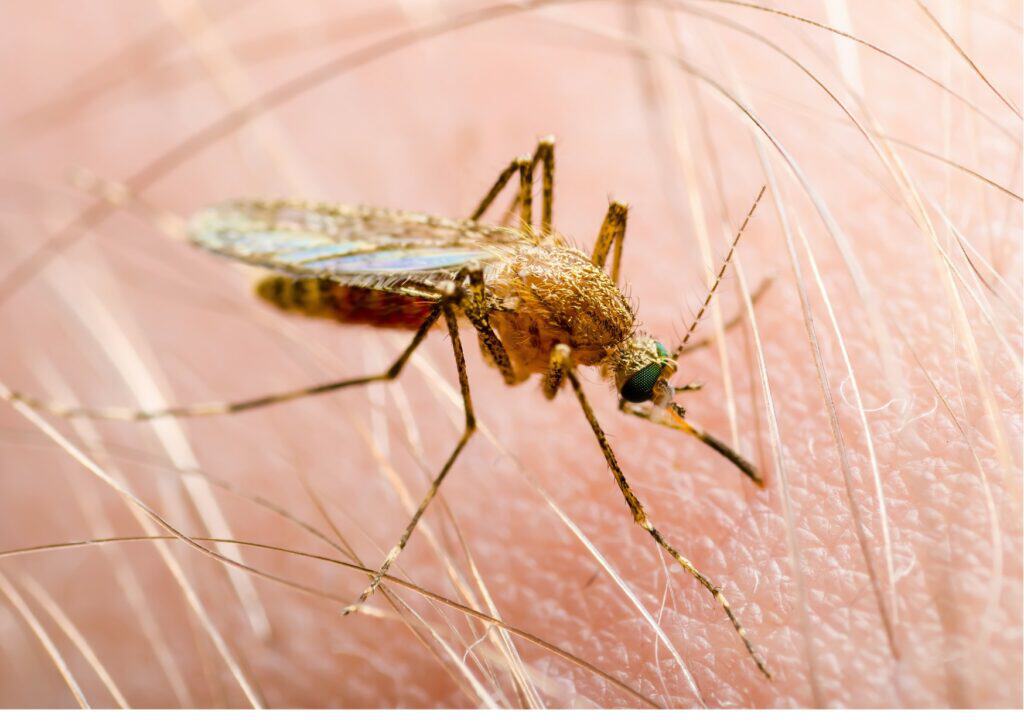
The rural and peri-rural areas are the preferred environment of the parrots who love to hide during the day hours in the poorly lit and fresh crevices of cellars, chicken coops, stables, sewers, cracks of walls and rocks or any humid and dim environment rich in organic substances.
They are active from April to November depending on the temperature and humidity more or less high.
Lifestyle
The behavior of the parrots has points in common with that of the mosquitoes: only the females need a blood meal to bring the eggs to maturity, therefore only the female specimens sting animals and humans. The feeding of the parrots is mainly constituted by sugary vegetable liquids, the meals of blood are essential in order to assume the proteins necessary for the development of the eggs.
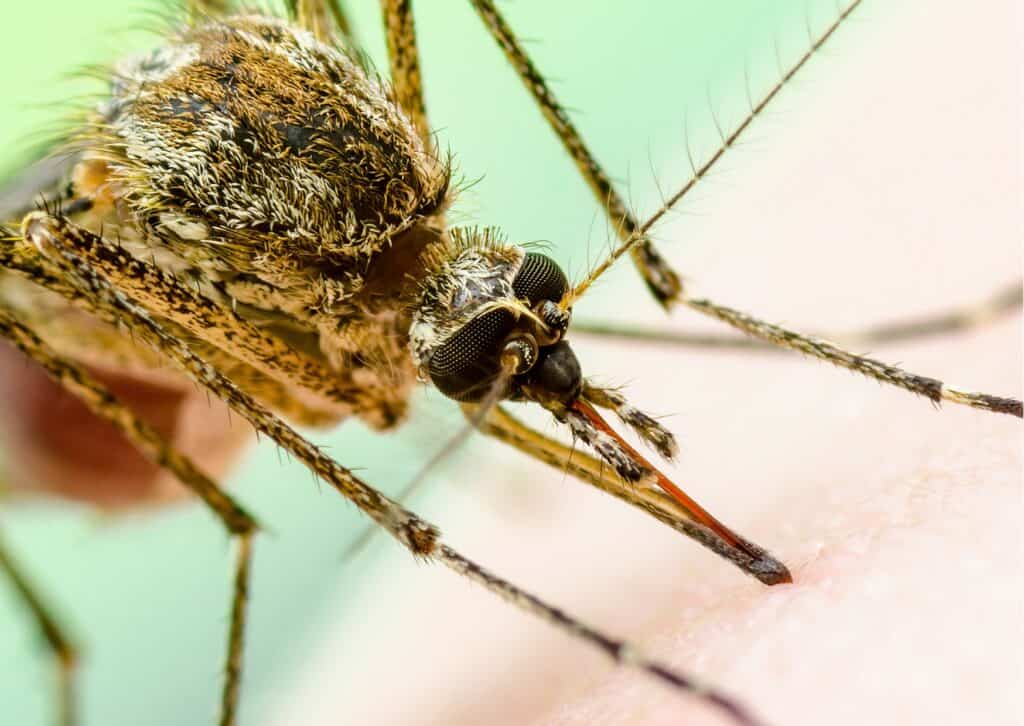
The crepuscular and nocturnal hours are the best for the activity of the parrots that, favored by the cool and the humidity move in swarms to identify their preys. As true vampires shun the light, during the day they prefer to hide in the semi-dark crevices in which they easily camouflage themselves due to their size and the coloration of the body. When they attack they are invisible and silent and very difficult to spot. The low and horizontal flight is not as elegant as that of other insects but rather awkward with a radius of action that does not exceed 300 meters. Minimal ventilation is enough to disperse the swarm.
To survive the cold season, the Pappataci winter as diapausant larvae or at the egg stage.
Bites
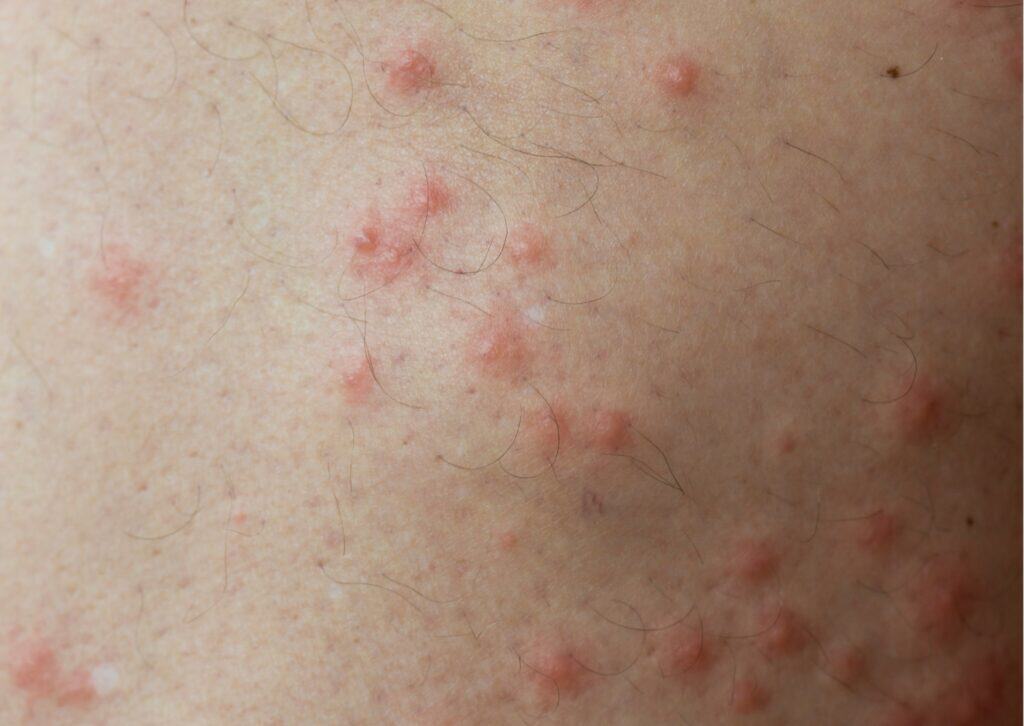
The female, when it bites, does not have the perfect and surgical precision of a mosquito: through the mouth apparatus, it breaks the capillaries of the skin and creates a small pool of blood of which it nourishes. At the same time, through the saliva, it secretes an anticoagulant substance and painkiller. Because of this destruction of the skin, the bites caused by the parrots are painful, itchy and easy to get infected .
Recognize the stings from parrots
The signs that make us understand that we are victims of a pappatacio are the appearance of itching sometimes accompanied by pain in the tip area, redness of the skin that can be injured until you ulcerate. The areas of the body most affected are the feet and lower limbs as these insects are not able to fly high. As with mosquitoes, these manifestations are due to reactions of the immune system to insect saliva. In the case of allergy to the components of saliva, a picture of urticaria may appear
Mosquitoes and parrots are the same?
Despite having many points in common, mosquitoes and parrots are not insects alike. Different is the way to fly, to sting and to reproduce, identical is the necessity to draw the proteins necessary for the accretion of the eggs through the animal (and human) blood. The phlebotomas are active only during the night and twilight hours, the mosquitoes like Aedes Albopictus (Zanzara Tigre) instead operate during the day.
Both, through the bite of a female specimen, can convey and transmit to the man very dangerous diseases.

